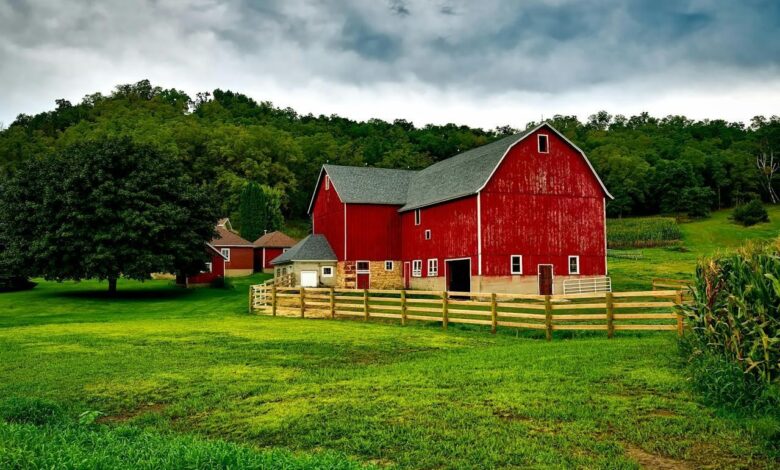5 Tips to Maximize Nutrition and Minimize Waste on Your Farm

Farming is an intricate balance of managing resources while striving to achieve the highest yields possible. One of the fundamental ways to enhance productivity is by optimizing the nutrition in your farm and reducing waste.
It not only improves the quality of your farm produce but also contributes to a more sustainable agricultural system. Let’s explore five crucial steps to get this balance right and make your farm more sustainable and productive.
Composting Farm Waste
Composting is one of the oldest and most effective methods of turning waste into wealth. By composting your farm waste, you can enrich your soil with nutrients, improve its structure, and enhance its ability to retain water.
Steps to Set-up a Composting System:
- Choose a suitable location: It should be easily accessible but far enough from living spaces to avoid any potential smell.
- Collect your materials: Farm waste like crop residues, vegetable scraps, grass clippings, and animal manure make great composting ingredients.
- Layer your compost: Start with a layer of browns (e.g., dry leaves, straw) for carbon, add a layer of greens (e.g., vegetable scraps, fresh grass clippings) for nitrogen, and top it with a thin layer of soil.
- Turn your compost: To speed up the composting process, turn your compost pile every few weeks using a pitchfork or shovel. This helps to aerate the pile and distribute heat evenly.
Efficient Water Usage
Water is the lifeblood of any farm, and its efficient use is crucial for sustainability. Implementing water-saving techniques not only conserves this precious resource but also reduces your water bills.
Strategies for Efficient Water Usage:
- Install drip irrigation systems: These systems deliver water directly to the plant’s roots, reducing evaporation and runoff.
- Collect rainwater: Setting up rain barrels or a more extensive rainwater harvesting system can provide a sustainable water source for your farm.
- Mulch your plants: Mulching helps to retain soil moisture, reducing the need for frequent watering.
Crop Rotation
Crop rotation is a tried and true practice that benefits both the soil and the crops. By rotating your crops, you can prevent the buildup of pests and diseases, improve soil fertility, and increase crop yield.
To implement crop rotation, divide your land into sections and plan what crops you’ll plant in each section over several years. Different crops have different nutritional needs and pest/disease profiles, so rotating them helps balance these factors.
Upgrading Machinery
Investing in new machinery can significantly improve farm efficiency and productivity. For instance, when you buy a new tractor can have more power, better fuel efficiency, and advanced features that make farming tasks easier and quicker.
Moreover, upgrading your harvesting equipment can reduce the time it takes to harvest crops, potentially reducing field losses and improving the quality of harvested crops.
Livestock and Crop Integration
Integrating livestock and crops on your farm can bring multiple benefits. Livestock can provide manure for fertilizing crops, while crops can provide feed for livestock. This integration creates a closed-loop system that maximizes resource use and minimizes waste.
Steps to Implement Livestock and Crop Integration:
- Choose the right livestock: The kind of livestock you raise depends on your circumstances and goals. For example, cattle can provide large quantities of manure for composting, while chickens can help control pests.
- Use livestock to enrich soil: Letting livestock graze on crop residues can help return nutrients to the soil.
- Get hay feeders: Hay feeders can reduce feed waste and make it easier to manage feeding your livestock.
- Use crops to feed livestock: Growing crops specifically for livestock feed can reduce your feed costs and give you more control over your livestock’s diet.


